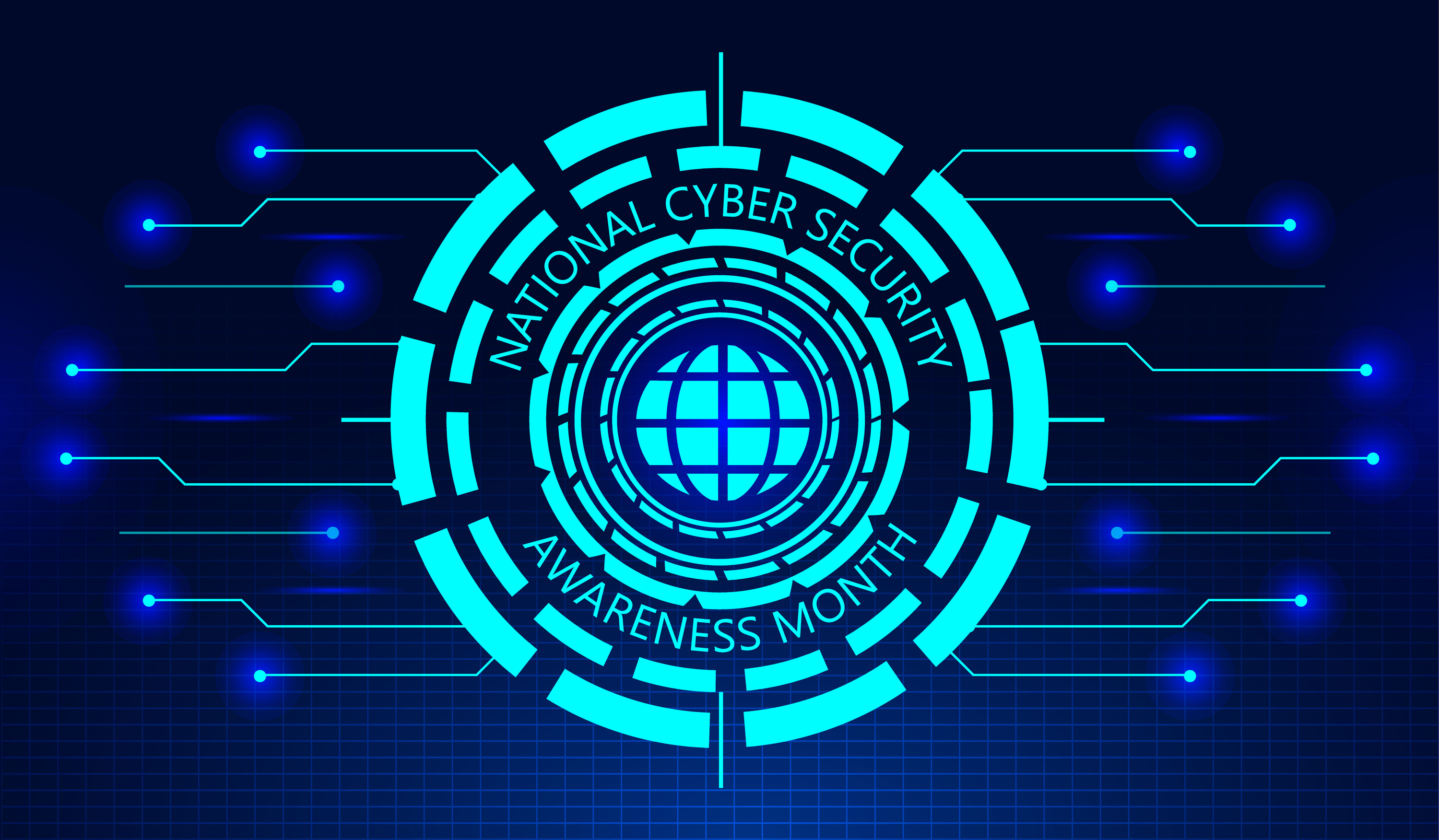Cloud Access Security Should Be a Main Priority

Most businesses in Tennessee, Kentucky, and across the country have now transitioned to the cloud. Those that hadn’t made the switch earlier were forced to adapt when remote work became essential during the pandemic. With so much business data now stored in the cloud, securing access has never been more critical. Hackers follow the data, and right now, they’re targeting cloud environments. Instead of trying to break through the strong security of providers like Microsoft and Google, cybercriminals are stealing legitimate user login credentials to gain access.
Password & Credential Theft: The Growing Threat
The latest Verizon Data Breach Investigations Report (DBIR) reveals a clear trend—hackers are aggressively targeting cloud accounts by stealing or hacking login credentials.
Key findings include:
- 77% of cloud breaches result from credential theft.
- Password dumpers now rank as the top malware threat.
- Phishing attacks most commonly aim to steal login credentials.
- Over 80% of hacking-related breaches involve brute force attacks or stolen/lost credentials.
Once inside a cloud account, hackers can access sensitive files, emails, and even account settings—depending on the victim’s access level.
Strengthening Cloud Account Security
Protecting your cloud accounts requires strong access controls. Here’s how to secure your data:
Enable Multi-Factor Authentication (MFA)
MFA is one of the most effective ways to prevent unauthorized access. Even if hackers steal a password, they can’t log in without the second authentication factor—usually a code sent to a trusted device. Enable MFA on all cloud accounts to block most fraudulent sign-in attempts.
To improve the user experience and reduce repeated MFA prompts, consider using Single Sign-On (SSO) technology. SSO allows users to authenticate once and securely access multiple applications without constant MFA verifications.
Use a Cloud Application Security Broker (CASB)
A Cloud Application Security Broker (CASB) is a powerful tool for protecting cloud accounts. Platforms like Microsoft Cloud App Security provide multiple layers of security and monitoring designed specifically for cloud environments.
Benefits of Using a CASB:
- Apply company-wide data security policies across all cloud applications.
- Monitor cloud access from any device to detect suspicious activity.
- Control access by restricting or granting permissions to specific devices.
- Ensure cloud applications meet compliance standards.
- Enable real-time threat protection against cyberattacks.
- Protect data at the source, no matter which endpoint attempts access.
Implementing a CASB helps businesses maintain strong security while keeping cloud operations efficient and compliant.
Use a VPN for Remote & Mobile Employees
Public Wi-Fi and unsecured home networks put cloud accounts at risk. Hackers can intercept unencrypted connections and steal login credentials.
A business VPN adds a crucial layer of security. It encrypts data traffic, making it unreadable to cybercriminals—even if they’re on the same network.
Require remote and traveling employees to use a VPN when accessing company data. This simple step protects against “man-in-the-middle” attacks and keeps sensitive information secure.
Strengthen Cloud Security with Access Controls
Protecting cloud accounts starts with limiting access. Follow these key practices to reduce risk and prevent unauthorized use.
Apply the Rule of Least Privilege
Many businesses give users admin access by default, creating unnecessary security risks. The more admin accounts, the greater the damage a hacker can do with stolen credentials.
Instead, grant employees only the minimum access needed for their role. This limits potential damage if their credentials are compromised.
Use a Dedicated Admin Account
Take security a step further by creating one dedicated admin account—separate from regular user accounts. Instead of multiple employees having admin access, they can log in to a shared admin account when needed. This reduces the number of high-risk accounts and prevents phishing attempts on admin users’ emails.
Revoke Cloud Access During Offboarding
Employees often access cloud accounts from personal devices. Failing to disable access immediately after they leave creates security gaps.
During offboarding, remove access to all cloud accounts and applications. Also, ensure important data is properly transferred before closing an account to prevent data loss.
Taking these steps helps protect sensitive business data and reduces the risk of cloud-based cyber threats.
Get Help from Copperband Technologies to Secure Your Cloud Accounts
We can help your Kentucky or Tennessee business decide on the most cost-effective cloud security controls that will help your online data stay protected. Contact us today to schedule a consultation! Call 931.263.8000 or reach us online.







